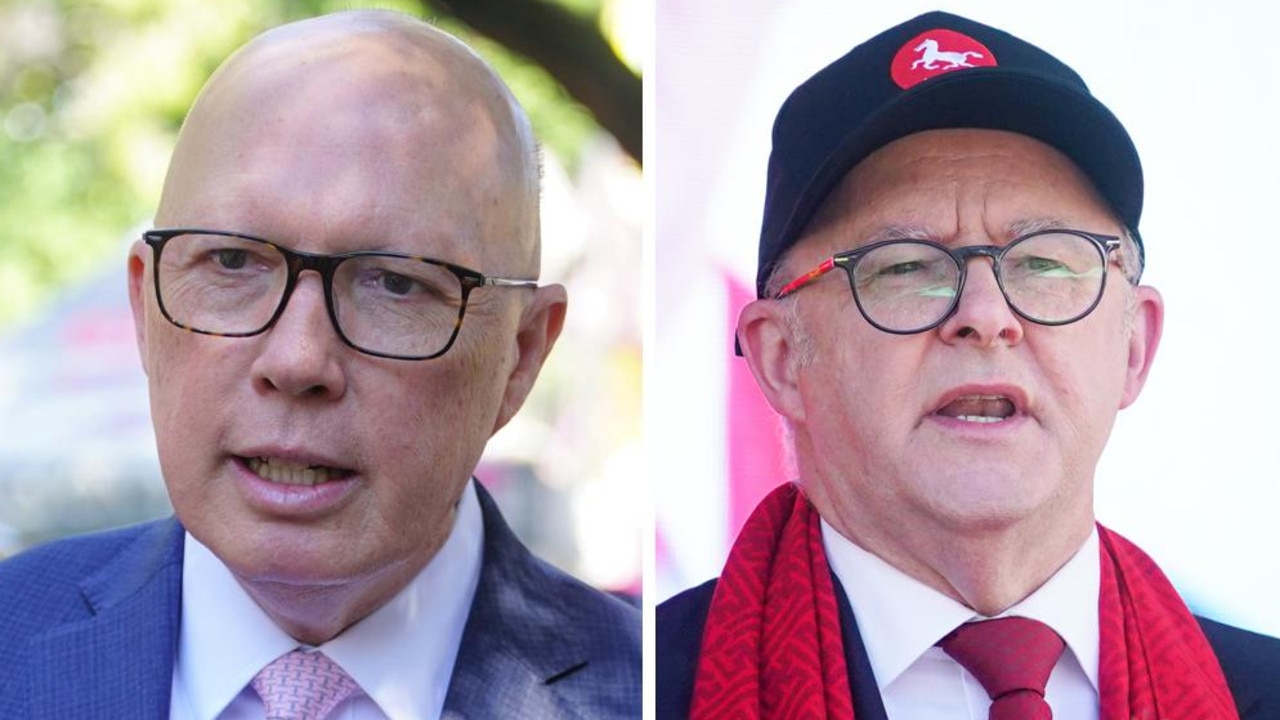Budget 2021: Life extended for asset write-offs
Businesses will be able to plan further ahead for major asset purchases and write off their full value after the government extended its flagship scheme by a year.
Businesses will be able to plan further ahead for major asset purchases and write off their full value after the government extended its flagship scheme by a year.
The extension of the temporary full expensing scheme until mid-2023 is expected to create an additional 10,000 jobs on top of the 50,000 forecast to mid-2022 in last year’s budget.
In addition, the government’s loss carry-back scheme will be given the same increase, enabling businesses to offset losses from past profits. Combined, the extensions represent $20.7bn in tax relief for businesses over the forward estimates.
Both schemes apply to firms with turnover up to $5bn, applying to more than 99 per cent of Australia’s businesses employing more than 11.5 million people.
Josh Frydenberg said the measures would boost activity and employment in the short term, and raise the productive capacity of the economy for the future.
“A sustainable recovery requires a strong private sector,” the Treasurer said. “Our record investment incentives are filling the order books of the nation.
“This has seen their spending on machinery and equipment increase at the fastest rate in nearly seven years.
“So tonight, we again go further, announcing the extension of these measures for a further year until June 30, 2023, so a tradie can buy a new ute, a farmer a new harvester and a manufacturer expand their production line.”
Small and medium businesses will be eligible for $16bn in tax cuts by 2023-24, with the tax rate for small and medium companies dropping to 25 per cent from July 1. The government will also extend the power of the Administrative Appeals Tribunal to pause or modify ATO debt recovery action in relation to disputed debts that are being reviewed by the Small Business Taxation Division of the AAT.
“Small and family businesses are the engine room of our economy,” Mr Frydenberg said. “As they strive to recover, we need the tax system to work for them, not against them.
“So tonight we provide small business with peace of mind that an independent umpire will stand between them and the ATO when it comes to debt recovery actions.”
The budget papers revealed the outlook for new private business investment has strengthened considerably since last year, driven by an 8.1 per cent increase in total new machinery and equipment investment.
“This marked the largest quarterly rise in machinery and equipment spending in almost seven years, as firms took advantage of the government’s business tax incentives,” budget papers state.
New business investment is expected to decrease in 2020-21, although more moderately than previously expected, before rebounding in 2021-22 and more significantly in 2022-23. Other measures aimed at providing relief for small and medium businesses include extending the small business loan scheme, which has already provided low-cost finance to 45,000 businesses, as well as tax relief for about 1000 small brewers and distillers.



